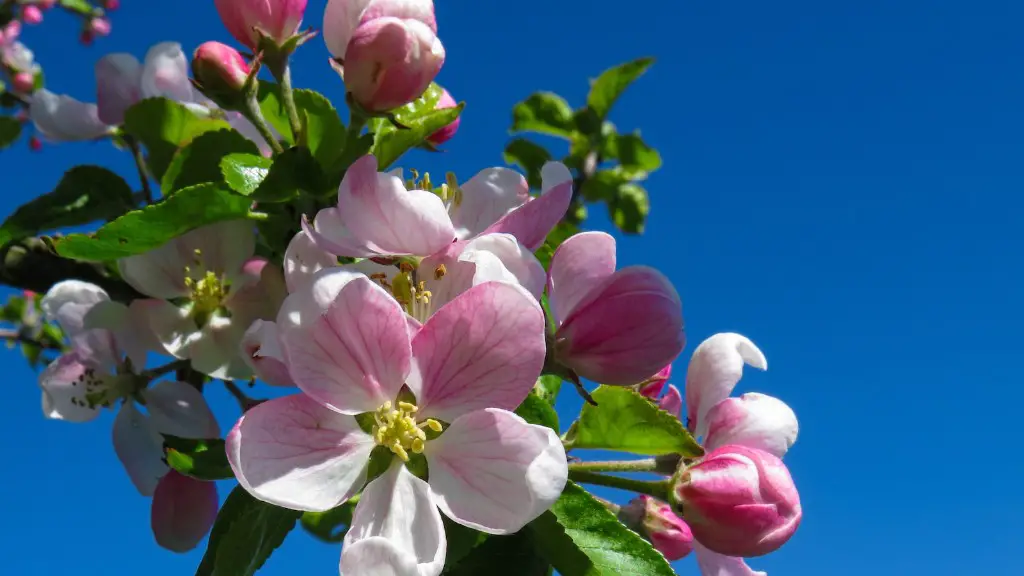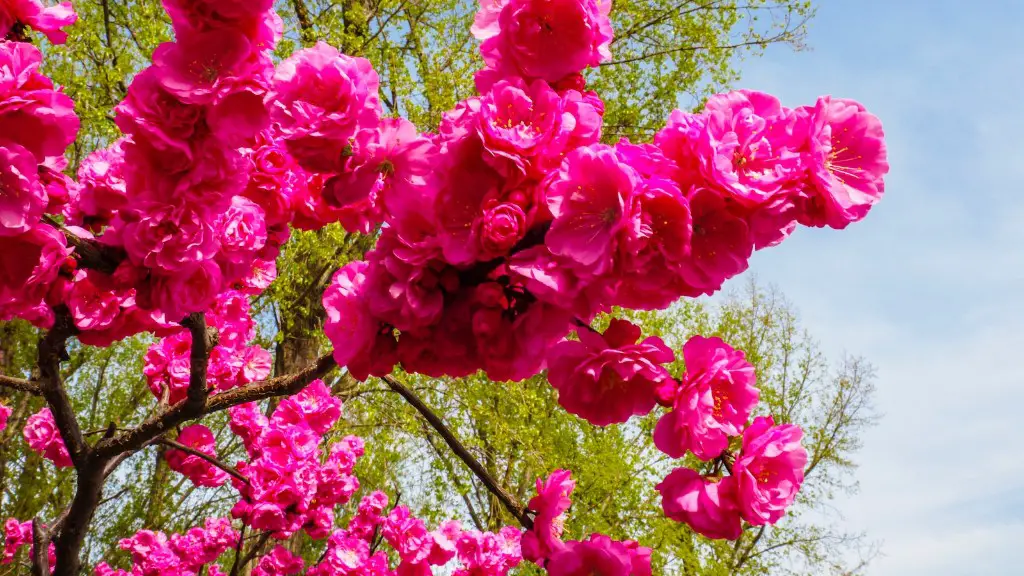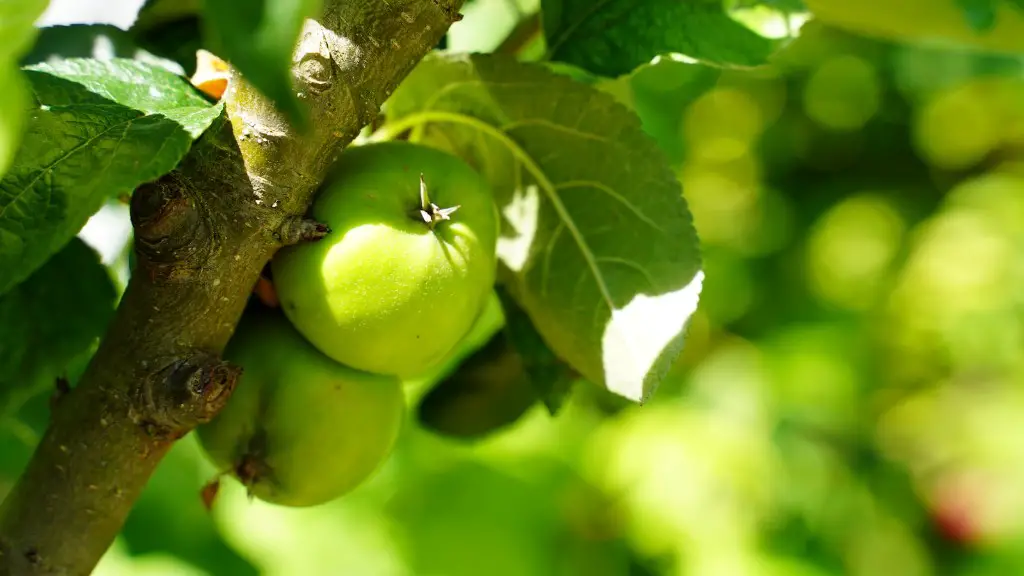Tending an old apple tree can be an enjoyable experience — as long as it is done right! Proper trimming should take place each year or biannually, to ensure strong and healthy growth. Here’s how to trim an old apple tree.
First, assess the health of your tree. Identify any diseased or damaged limbs, and check for pests, such as aphids, or any signs of physical alteration, like burrowing animals. Discard any dead or diseased branches and evaluate the shape of the tree — start by determining its overall needs.
Second, get the right tools for the job. Secateurs, bypass pruners, and loppers are great for shaping a tree and are available from most gardening stores. Make sure to sanitize all your gardening tools between uses, to help prevent the spread of diseases from one tree to another.
Third, judge the size and shape of the tree’s canopy. When it comes to trimming mature trees, aim for a conical shape. Choose main branches that create a symmetrical crown and maintain a desired width, and then snip out any upward-growing or crossing branches.
Fourth, remove any overcrowding around the tree. Remove the narrow angles between branches, and the short twigs that grow at the ends. This will help give the tree an airier look and allow air to circulate better. Doing this will reduce the risk of disease, such as fungal infections.
Fifth, select just the right amount of branches to prune. Always start by pruning the larger branches first — that way, it should be easier to judge the size of the remaining ones. Pruning is a delicate task since too much removal can cause stress to the tree.
Finally, decide when the pruning should take place. Usually, winter months are the most suitable time for pruning — but always be mindful of the tree’s species, since some varieties might require trimming earlier or later.
Picking the Right Tools
It’s important to use the proper tools for the job when trimming an old apple tree. Pruning shears and loppers can help create a symmetrical shape in the canopy, while loppers and saws are recommended for larger branches. Sanitizing tools between each tree should be done to avoid transmitting diseases from one tree to the next. Make sure to use the right tools for the job to get the desired results.
Keeping the Tree Healthy
Pruning is vital to maintain the health of an old apple tree. Removing dead or diseased branches can help prevent the spread of any harmful illnesses, while pruning away narrow branches helps promote air circulation. Doing this helps reduce the incidence of fungal infections, which can have an adverse effect on the health of the tree.
Timing is Key
The timing for pruning an old apple tree is critical for optimal results. For most varieties, pruning is usually done in winter months — when a tree is dormant. However, for specific species, pruning should be done either earlier or later — always be mindful of timing when cutting away branches.
Getting the Right Amount of Pruning
When it comes to pruning mature trees, it’s important to get the right amount in order to maintain overall health. Start by cutting larger branches, to give a general idea of the shape. Don’t go overboard with pruning and be careful with the cuts — too much removal can be hard on the tree.
Pruning for Symmetry
Always aim for a conical shape when trimming an old apple tree. This helps maintain symmetry in the tree and gives it a more even look. Choose main branches that will create a crown and maintain a desired width, while removing any branches that cross and grow upwards.
Avoiding Stress on the Tree
Excessive pruning can cause stress on a tree and create shock — look to remove only the overcrowded branches. Keep the narrow angles between main branches and snip away any short growth found at the ends. Again, the goal is to create an airy look and let air circulate better.



